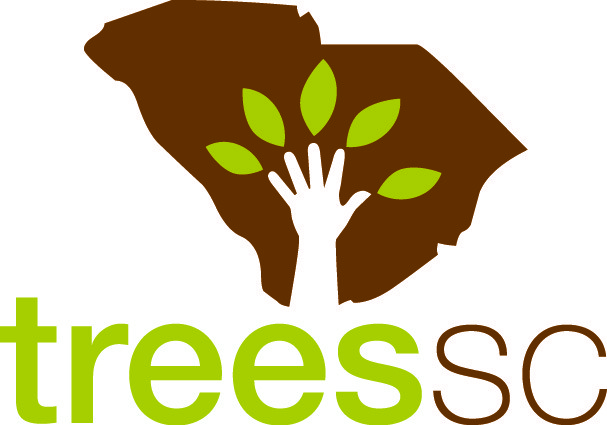By Frances Waite, SCFC

Rapid urbanization and climatic fluctuations have led to increased risk of flooding and degraded water quality in cities. Trees can be utilized as a key strategy for addressing this problem. Trees intercept, store and transpire stormwater and are a vital tool in abating and cleaning stormwater runoff. One urban tree can intercept thousands of gallons of water annually. But while the benefits of trees are well known, most cities do not include trees as a component of their stormwater management strategies.
The City of Charleston is one of thirteen southern localities undertaking a project to link urban tree canopy to stormwater mitigation, specifically for cities with Municipal Separate Storm Sewer Systems (MS4) permits to manage stormwater. The project is helping southern cities utilize their urban forests to better manage and reduce stormwater runoff. Urban trees soak up tremendous volumes of stormwater. The more treed the landscape, the less runoff and flooding may occur. This project will assess the city’s tree canopy and determine its role for treating and absorbing stormwater.
The primary outcome is a process for integrating trees into the City’s stormwater management program. Ultimately, Charleston will have a more strategic and effective process for combating stormwater runoff.
Project partners include the City of Charleston, The South Carolina Forestry Commission and The Green Infrastructure Center (GIC). The project is funded by the SC Forestry Commission under a grant from the USDA Forest Service and matched in-kind through participation by the City. GIC is providing the technical support and project management. More information about GIC is available at www.gicinc.org.
City agencies involved on the Project’s Technical Review Committee include Information Technology and Geographic Information Services; Parks and Urban Forestry; Planning, Preservation and Sustainability; and Public Service and Stormwater Management. Staff from these departments formed a technical review committee, advising the GIC and coordinating Charleston community events.
As part of the project, Charleston will receive:
- Updated tree canopy and impervious land cover map used to map current canopy and analyze runoff, stormwater benefits and potential for mitigating stormwater.
- Potential planting areas map (digital GIS) used for strategic planning to set future canopy goals.
- Codes and Ordinance Audit for urban trees to facilitate better management and care.
- Workshops with local committees to provide education and solicit input.
- Model ordinance language or other program/policy documents for using trees to meet stormwater regulations.
- Written step-by-step- strategy and methodology for linking urban forest systems to urban MS4 requirements for each of the specific partner city(s).
- Case study of the project suitable for sharing at workshops, with elected and appointed officials and other agencies and stakeholders.
In addition to the outcomes listed above, by better evaluating and planning for its trees, Charleston will also realize other ‘ecosystem services’ of the urban forest such as cleaner water, air, aesthetic values, open space, walkable and bikable streets, safer pathways, improved climate for businesses and better real estate values.
The project began November 1, 2016, and the estimated completion is December 2017.

Recent Comments